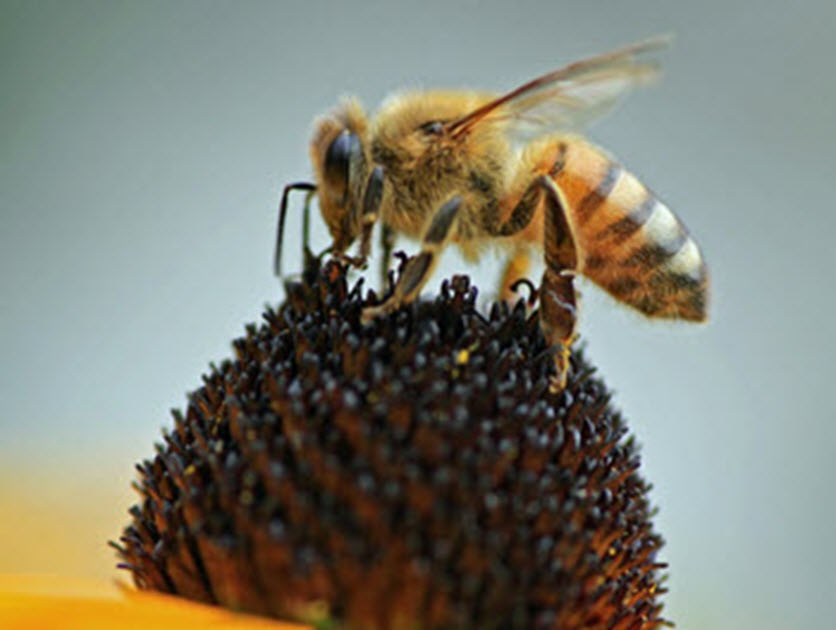WASHINGTON, Jan. 18, 2017 - The Environmental Protection Agency has released two long-awaited documents on bees and pesticides.
The final “Policy to Mitigate the Acute Risk to Bees from Pesticide Products,” which addresses how to protect managed bees, “is more flexible and practical” than the policy EPA proposed in May 2015, the agency said.
Although “applications of acutely toxic pesticides would be prohibited under certain conditions when bees are most likely to be present,” EPA also said that products that retain their toxicity to bees for a shorter time “might be allowed to be applied under certain circumstances. Also, in some cases, pesticide application would be allowed when it is unlikely that pollinators will be foraging for crops that have extended bloom periods.”
EPA said it will begin implementing the policy this year with new pesticide label language to protect managed bees under contract to provide pollination services.
The final policy earned a decidedly mixed reaction: Bayer’s head of pollinator safety, David Fischer, called it an improvement over the May 2015 proposal, saying it gives growers “quite a bit of flexibility” in pesticide application.
Environmental groups, however, criticized the agency for not imposing enforceable restrictions on neonicotinoids, a class of insecticides that has been implicated in bee deaths.
“It’s outrageous that on the same day the EPA acknowledged these dangerous pesticides are killing bees it also reversed course on mandating restrictions on their use,” said Lori Ann Burd, director of the Center for Biological Diversity’s Environmental Health program.
Burd was referring to preliminary pollinator risk assessments on the neonics clothianidin (Poncho), thiamethoxam (Cruiser), and dinotefuran, which found that most approved uses do not pose significant risks to bee colonies.
“However, spray applications to a few crops, such as cucumbers, berries, and cotton, may pose risks to bees that come in direct contact with residue,” EPA said.
In its analysis for clothianidin and thiamethoxam, EPA has proposed a new method for accounting for pesticide exposure that may occur through pollen and nectar.
Fischer said that methodology “will need to be improved upon” because, he said, EPA’s analysis underestimates the amount of chemicals in pollen that bees can tolerate. EPA will begin accepting comments on the risk assessments once they are announced in the Federal Register.
#30
For more news, go to: www.Agri-Pulse.com


